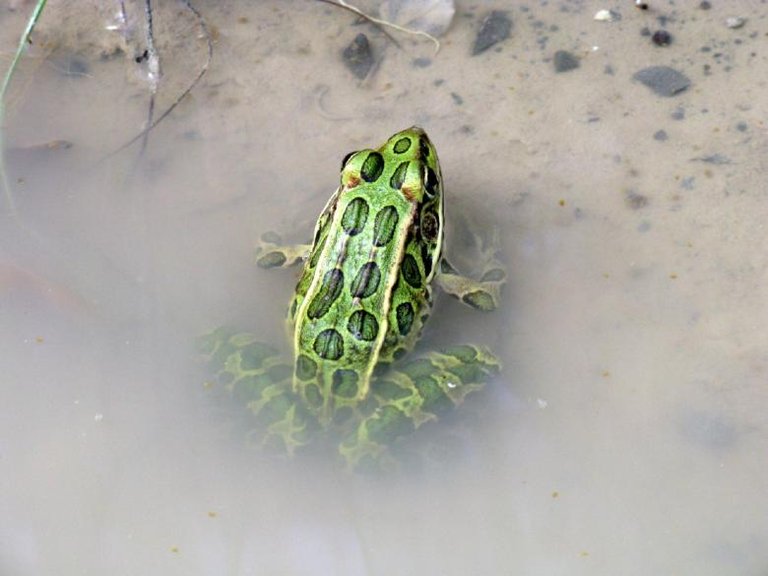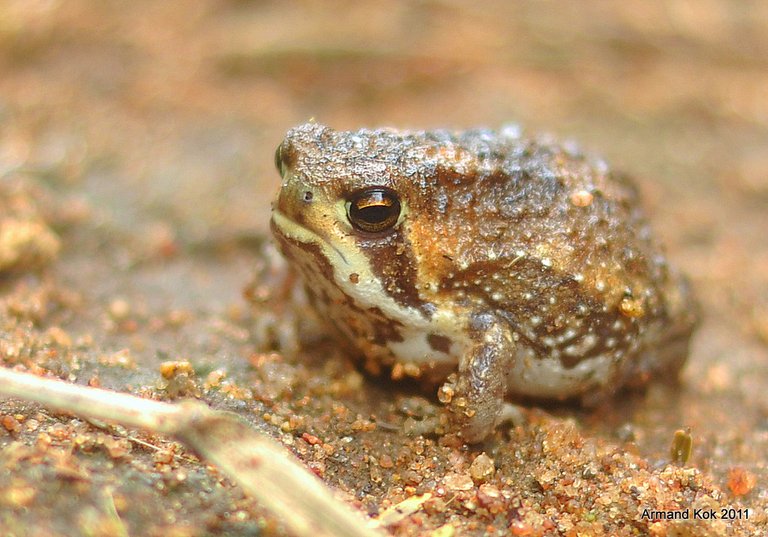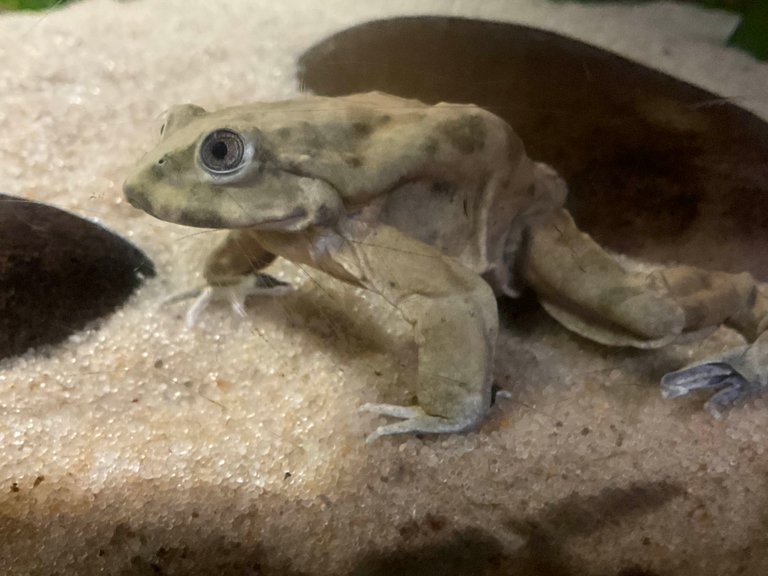Frog's Ability to Acclimatization and Live Everywhere
One quick question, where would you associate frogs to living? I can suspect that your best guess will be lakes, Ponds, and streams since those are the places they are often associated with but you would be so surprise if I mention places frogs can live or are able to adapt in with ease, you might be shocked.
Talking about adaptation, it isn't like frogs just came out some few years ago, they have been in existence for around 250 million years with the ability to survive almost everywhere in our planet and this is why they can live in some places that will keep you shocked if they have more to them than those little froggy body.
Frogs like the Leopard Frog (Lithobates pipiens) can be found under Ice and they live in North America, Canada, and down to New Mexico which are extremely cold regions compared to other regions. These frogs are able to stay there and in 1972, scientist found them in frozen ponds in Ontario, Canada and they wondered how they could have survived and study showed that they survived as a result of hibernation.
This frogs will hibernate in hibernation pits for the sake of safety against predators that might want to feed on them during the period of the hibernation and for camouflage, they used silt to cover both the pit and themselves. While they stay under frozen ice, how do they get oxygen since they are not on land?
To answer that I will need to explain that there are two ways in which frogs get oxygen with one being the lungs which they use to breath on land just like myself and yourself, and the other is through Epidermal breathing where they can take in oxygen through the skin.
Still on the case of water, frogs need to take in a lot of water and their skins need to be moist and this is a reason why they live near water sources but while a large majority of frogs live in the type of area, some frogs can live in dry arid lands where there are no signs of ground water at all. An example of this frog is the Desert Rain frog (Breviceps adspersus) which lives in South Africa and they are found in the desert near the shores of the Atlantic with little to no rain in a year and need to find a way to get water after the about 100mm of rain they get yearly.
For survival, the frogs are active at night where there are fogs to keep them as well as the ground a little moist and they borrow into the sand in the day so they can maintain their moisture on their skin which would keep them from drying out.
Some live on dry lands and some live in water and an example of frog that live in water is the Scrotum frog (Telmatobius culeus) and it commonly lives in the Titicaca water in the Andes mountain. The frog looks the way it does because of its surface area. Since frog absorb oxygen through their skins, the more surface area a frog has, the more oxygen it can absorb through its skin and the skin helps the frog get oxygen from its environment with low oxygen. The scrotum frog is a fully aquatic frog and it has a low metabolism which means it doesn't need much oxygen to survive.
We will not deny the fact that this four legged jumper knows how to live even in the most unexpected of places and still survive there. They have been in existence for a long time, passed through a lot of natural phenomenon and would have allowed natural selection to takes its place thereby helping them to adapt and survive wherever they find themselves.
https://www.nps.gov/articles/northern-leopard-frog.htm
https://www.jstor.org/stable/1442788
https://www.sciencedirect.com/science/article/pii/S0960982218312235
https://esajournals.onlinelibrary.wiley.com/doi/10.1002/ecs2.2996
https://www.int-res.com/articles/esr2018/37/n037p091.pdf
https://www.tandfonline.com/doi/abs/10.1080/21564574.2011.608383
https://www.sciencedirect.com/science/article/pii/S0960982208003035




Thanks for your contribution to the STEMsocial community. Feel free to join us on discord to get to know the rest of us!
Please consider delegating to the @stemsocial account (85% of the curation rewards are returned).
Thanks for including @stemsocial as a beneficiary, which gives you stronger support.